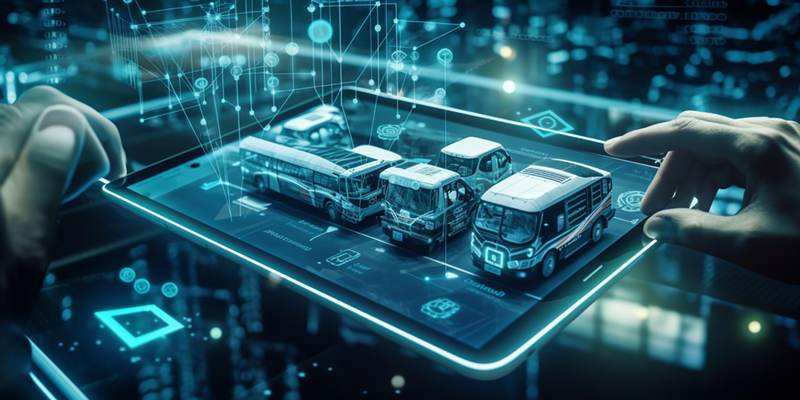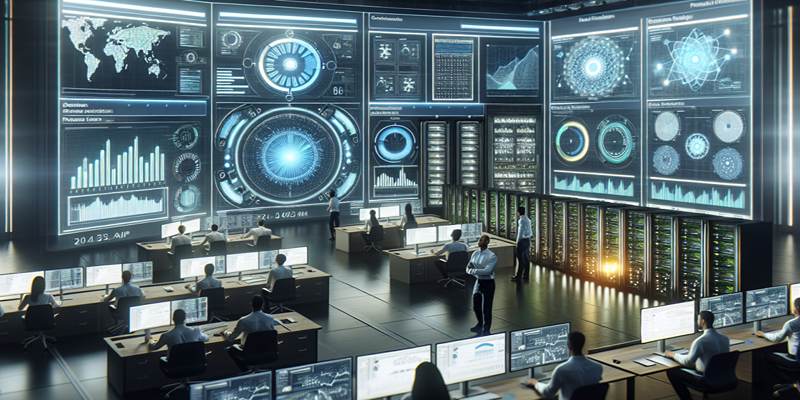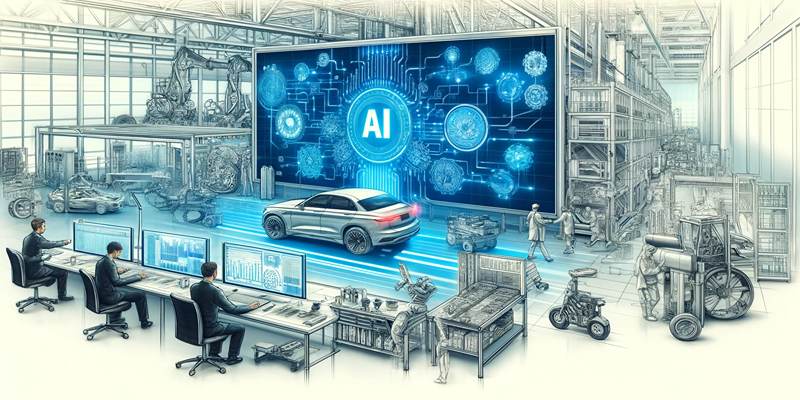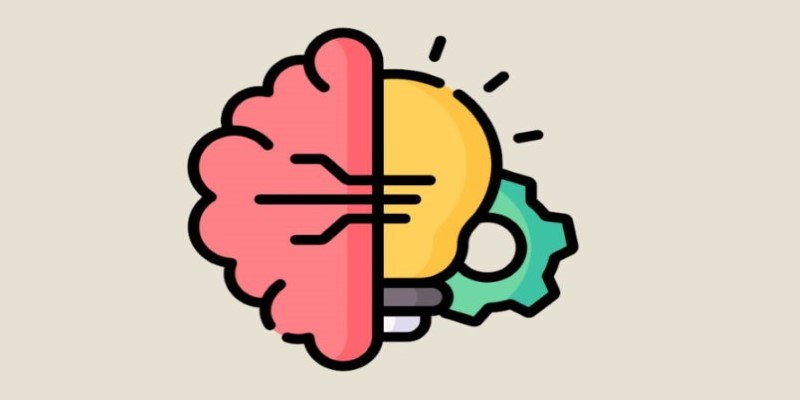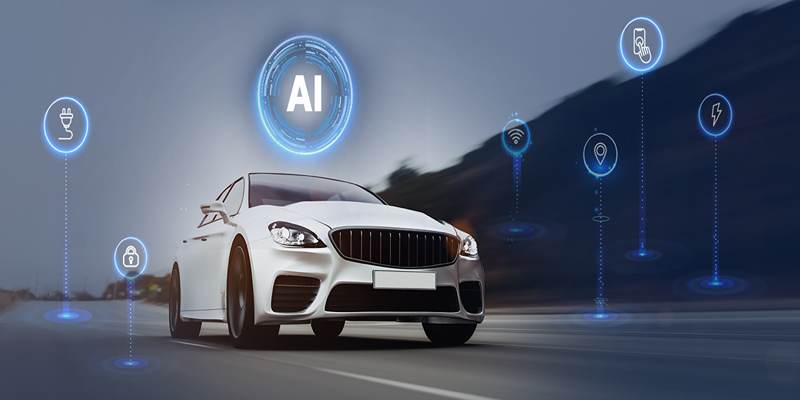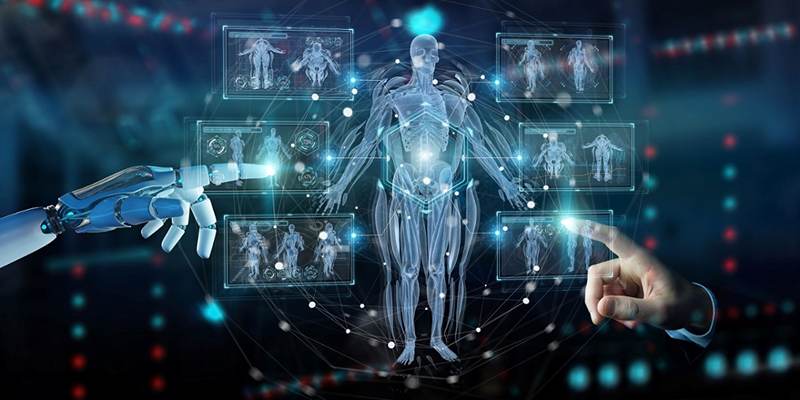AI is gradually infiltrating industries like no other technology in history, thereby causing anxiety about employment and social status. The recent advancement in technology and automation means that middle-class employment is changing especially for the white-collar and skilled blue-collar workers. On the one hand, AI is taking over routine operations, but on the other hand, new positions are emerging that demand new competencies. The final query, therefore, is whether AI shall enhance income mobility or deepen the division between the haves and have-nots. It is therefore necessary for policymakers, business people and employees to be able to understand how AI is likely to affect middle class jobs.

AI’s Impact on Middle-Class Jobs
Automation and Job Displacement in Middle-Class Sectors
It is evident that middle-income jobs such as those in finance, customer relations, production, and clerical work are being overtaken by AI. Advances in technology have reached a point where it is possible to provide automated solutions for information processing, running transactions and even solve a complex problem that was formerly done by people. For instance, the chatbots are replacing call center personnel and the use of machine learning in financial advisory services. This shift is thus cutting down on human input in repetitive and administrative tasks. However, not all jobs that belong to the middle class are threatened by such changes because the structure of the middle class is not homogeneous.
AI-Generated Job Creation and New Opportunities
It is also opening new opportunities for the following professions: data science, cybersecurity, and the profession of an AI and machine learning ethicist. Due to continuous innovation in the technology, companies require candidates who can design, implement, and manage AI systems. Also, healthcare and education, some industries are adopting AI to improve their services not to eliminate human employees. For example, the diagnostic tools help doctors to make right diagnosis, which is more efficient yet still under the control of human beings.
Middle-Class Automation: Challenges and Opportunities
Which Middle-Class Jobs Are Most at Risk?
While it is true that jobs of the middle class are at risk of being replaced by automation, not all jobs in the middle class are equally threatened. The jobs at a higher risk are those that are repetitive in nature like bookkeeping, administrative support, data entry, etc. On the other hand, careers that require interaction with people, decision making and problem solving are not easily replaceable. For example, AI can analyse contracts but it cannot think like a lawyer and cannot negotiate. In the same manner, teachers as well as healthcare providers are still relevant because even though AI can help in the delivery of educational content and the diagnosis of diseases, it cannot totally substitute teachers and healthcare providers.
AI as a Tool for Workforce Enhancement
AI should not be seen as the end of employment chances but as a tool that can potentially increase efficiency. Instead, middle-class employees have been relying on the various forms of AI in an effort to make their tasks easier to accomplish. For instance, the applications of project management with the help of artificial intelligence assist professionals to improve the timetable and deal with repetitive activities, which in turn saves much time for important activities. Furthermore, the opportunity for advance analytics through the help of AI gives a better outlook for marketing, financing, and general decision-making processes. This means that organisations that opt to train their employees on AI can be able to guarantee that their employees will always be relevant in the current job market.

AI Economic Impact on Social Mobility
Can AI Bridge Economic Inequality?
The positive aspect of it is that it can help in creating new occupations and providing better access to digital learning. There are cheap courses and training opportunities through which working people can learn and improve their skills without necessarily having to return to college. Also, small business opportunities leverage artificial intelligence in the areas of marketing, financial, and customer service to compete with giant companies. When implemented well, AI has potential of giving a chance to people from all the classes to have well paid jobs.
The Risk of AI Widening Economic Gaps
It is worth considering the risks which relate to the increase of economic inequality in society if AI is not used properly. It is expected that people with high skill level in AI may be offered better wages in the market, while those at the low-end may face job losses. In the absence of proper training paradigms, middle class employees are likely to be relegated to low paying jobs or remain unemployed for long. Also, it is pertinent to note that AI-driven businesses may create new business models, which tend to congregate wealthier regions or areas of economic strength. To tackle these issues, the policymakers have to encourage AI literacy, fund reskilling activities and ensure that AI has a positive impact on the wide range of the population rather than deepening the current divides.
Strategies to Adapt and Thrive in an AI-Driven Economy
For the workers to remain relevant in an emerging AI-pervasive workplace, they must embrace lifelong learning and acquisition of new skills. It is found that training middle-class employees in AI, data analysis, and use of new digital tools and techniques can assist them to shift to better paid jobs. The governments and the businesses should ensure that they come up with affordable upskilling programs that include vocation training and online courses. Further, universities should incorporate subjects related to AI in their courses so that the next generation will be ready to be absorbed in the AI world markets.
Conclusion
The future of jobs and rise of AI therefore presents a vantage and a disadvantage to the middle class. However, automation in the middle class is reshaping the employment structures and AI is capable of creating new opportunities for the society, if practiced in the right manner. The economic implications of AI are determined by the reaction of business, government, and employees to the innovations. Therefore, if societies opt for upskilling, ethical use of AI, and promoting inclusion policies for the workforce, AI becomes a force for good than harm. It therefore means that there is a necessity to proactively manage the changes that are being brought about by AI especially in order to ensure that the middle-class workforce in the future can be well taken care of.

